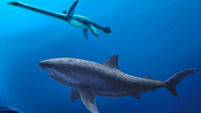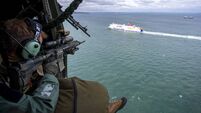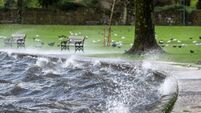Rotting bodies fill streets of quake city
The streets of Banda Aceh are filled with overturned cars and the rotting corpses of adults and children.
Office buildings and the only shopping mall lie in rubble. Thousands of homeless families huddle together in mosques and schools.














